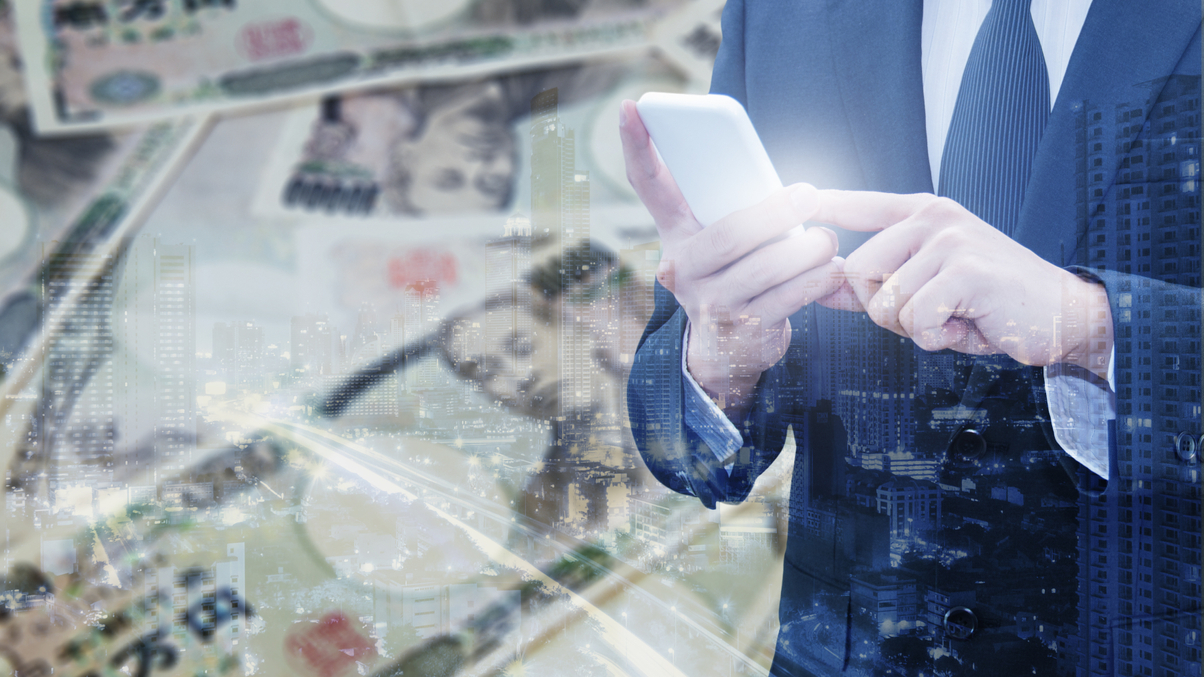Specific-asset vehicles among 2023 strategy for Kewpie Pension Fund
With unstable markets and a relatively low yen, the Japanese corporate pension fund faces plenty of challenges — but a multi-pronged investment strategy for next year is taking form.

As inflation, rising interest rates, and the war in Ukraine continue to create turmoil in markets, Japanese asset owners like corporate retirement fund Kewpie Pension Fund can add the pain of a struggling Japanese yen to the mix when they look at the global investment landscape in 2023.
Sign in to read on!
Registered users get 2 free articles in 30 days.
Subscribers have full unlimited access to AsianInvestor
Not signed up? New users get 2 free articles per month, plus a 7-day unlimited free trial.
¬ Haymarket Media Limited. All rights reserved.


